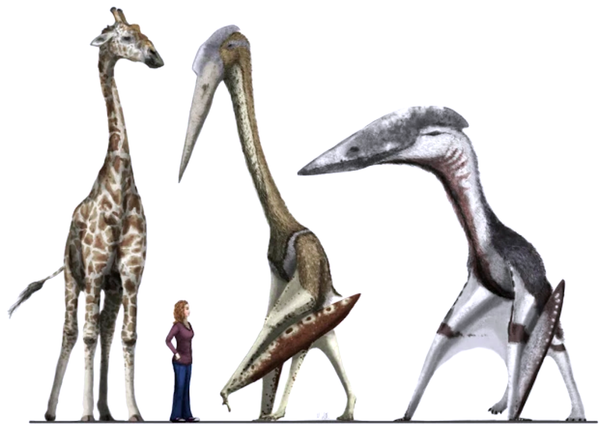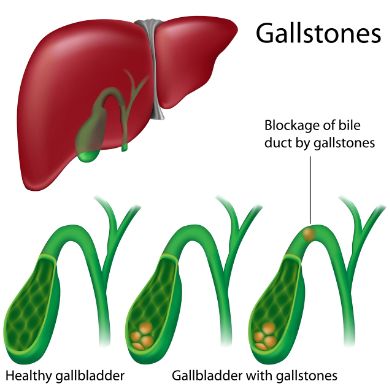Prolactin, the diverse function enzyme
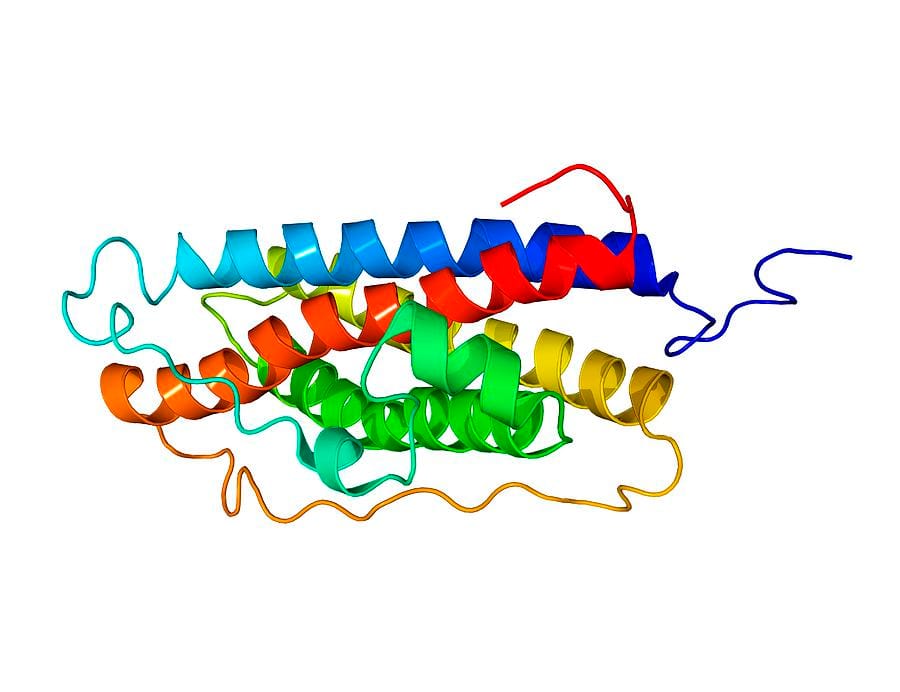
By Aaron Wang Y10
Prolactin, a hormone most often known for its role in promoting milk secretion in mammals, is presented in all vertebrates and some invertebrates, taking a widely differentiated role in each. The article aims to explore the diversification of evolution through the unique roles of prolactin in different animals.
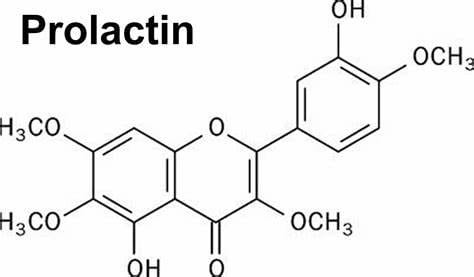
Prolactin first appeared during the evolution of jaw fishes, hundreds of millions of years ago. Since then, it has undergone multiple diversifications and is currently recorded to have more than 300 distinct functions. Despite the difference in functions, signs of common ancestry are shown in prolactin. They have three highly conserved intramolecular disulfide bonds [1] and a single polypeptide chain. Furthermore, the signaling pathways and regulation pathways are similar mechanisms in most animals.
However, despite the common ancestry, prolactin functions vary significantly across animals.
In fish, prolactin function is extended from the usual breeding and reproduction. It is involved in migration, osmoregulation, reproductive development, brood care behavior, pregnancy, and nutrient provisioning to young [3]. For osmoregulation, prolactin promotes ion uptake in gill epithelial cells by increasing the activity of ion transporters.
By doing so, it helps freshwater fish regain important ions like Na+ and Cl- that have diffused out of cells because of concentration gradient. In euryhaline fish that move between different salinity environments, prolactin levels change with the change in salinity of the environment, thus controlling ion uptake and maintaining osmoregulation.
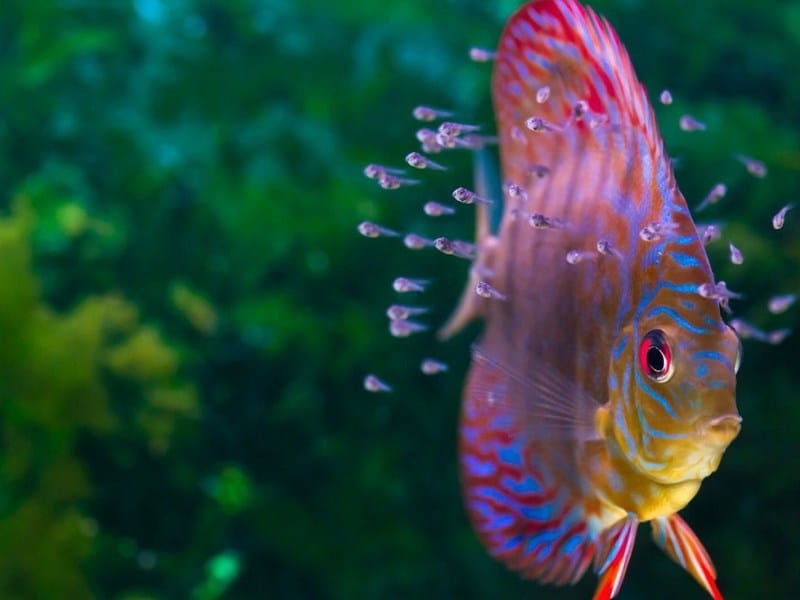
In amphibians, prolactin stimulates behaviors in courtship, reproduction, larval development, and skin permeability regulation, metamorphosis, and other diverse functions [4]. Male túngara frog (Engystomops pustulosus) has shown elevated levels of prolactin during their breeding seasons. This is believed to cause the production of complex mating cells, which is essential for attracting females. Similarly, in rough-skinned newt (Taricha granulosa), a type of salamander, prolactin initiates the spermatophore transfer from males to females during mating.
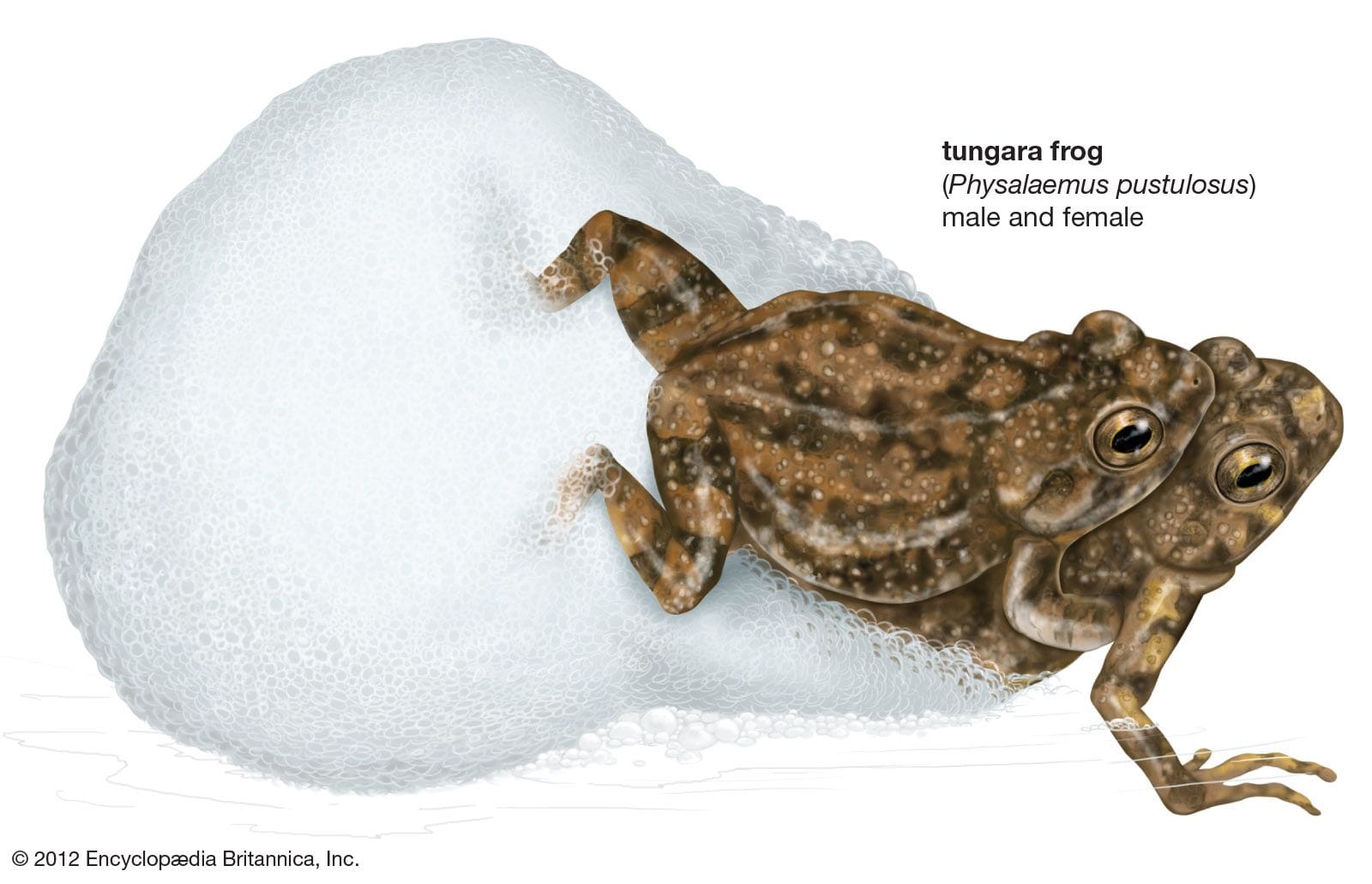
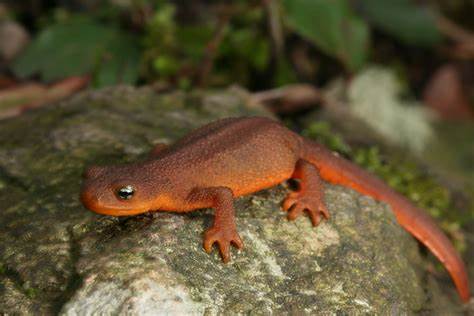
In reptiles, prolactin alters the calcium levels of the animal by influencing its abundance in the gut, the bones, and the excreted solution of the kidneys [6]. By doing so, it supports calcium metabolism and eggshell formation in reptiles that lay calcified eggs.
In birds, prolactin is implicated in the switch from breeding to brooding. All birds have demonstrated a rise in prolactin levels by late incubation, and research shows that prolactin drives the formation of the brood patch that facilitates heat transfer from the body to the eggs [5]. This formation is further enhanced by a positive feedback loop in which the nerve cells on the brood patch stimulate more prolactin to be released reinforcing this behavior.
In mammals, prolactin is synthesized initially by lactotrophs in the anterior pituitary gland, a region of the brain just below the hypothalamus. It travels through the bloodstream to the breasts of females and stimulates milk production and the development of mammary glands within breast tissues. It promotes the growth of mammary alveoli, the site of milk production, and then causes it to synthesize components of milk like lactose [2].
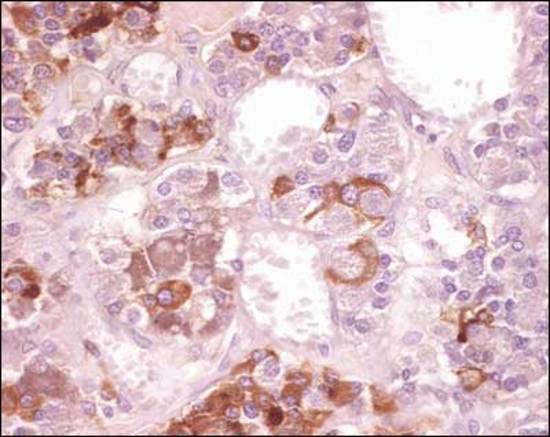
In conclusion, prolactin is a hormone present in a large range of animals, from fish to mammals. Its common ancestry and diverse functions show that different organisms develop traits suitable for their survival and is a piece of strong evidence for evolution.


